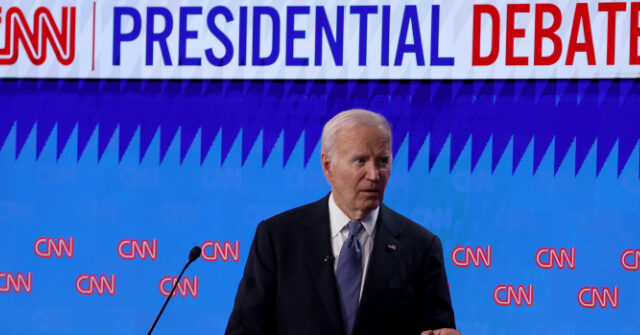In a recent report by the Wall Street Journal, nearly 50 interviews revealed that President Joe Biden’s aides have been actively managing and concealing the president’s health status and public interactions until a significant public event in July. This operation involved shielding Biden from a variety of stakeholders, including cabinet members, major donors, pollsters, and influential Democratic lawmakers, all of whom might have posed a threat to the aides’ narrative or operational strategy. Despite the gravity of these revelations, many Democrats and their allied media remain reticent to discuss Biden’s condition openly, with White House staff reportedly continuing to deny key aspects of the Journal’s findings, particularly the isolation Biden faced from most individuals outside of his immediate circle.
The Journal’s investigation highlighted the extensive measures taken by Biden’s aides over the course of his presidency to accommodate what they described as a “diminished” capacity due to the president’s advanced age. Key adjustments included a significant rearrangement of Biden’s schedule to prevent fatigue during long meetings, which often led to errors on his part. Aides were reportedly directed to steer conversations in meetings, especially with senior Democrats and cabinet members, to ensure a narrow focus, thereby avoiding any potential discussions that could elicit negative reactions or undermine the president’s standing. Furthermore, aides filtered negative news stories out of Biden’s daily briefings, including adverse polling metrics concerning his 2024 reelection campaign, creating a sanitized informational environment for the president.
Additionally, aides exercised strict controls over Biden’s direct contacts and communication, restricting not only who he spoke with but also what information he received. This encapsulated efforts to prevent him from engaging with press and stakeholders directly, significantly altering the conventional open-door policy of previous administrations. Reports indicated that aides frequently provided Biden hands-on assistance at public events, an attribute noted as markedly different compared to past executives. They even permitted the president to start his workday later, as it was suggested that Biden’s cognitive acuity was not optimal in the mornings. Indications emerged that some cabinet members ceased trying to directly connect with the president, realizing their concerns would not be appreciated or addressed.
As a consequence of this protective insulation, significant alarm has arisen among Democratic insiders regarding Biden’s awareness of his public standing in the political arena. Alarm bells were particularly loud during his public statements and private briefings following the disheartening June debate, where Biden painted a picture of his campaign as competitive, despite polling data indicating a strong lead for Trump. The disconnect between Biden’s outlook and reality prompted Senate Majority Leader Chuck Schumer to engage directly with Biden in an attempt to break through the barriers erected by senior adviser Mike Donilon, who ostensibly played a significant role in managing the information that reached the president.
The turning point came during a call on July 13 with the New Democrat Coalition, where Biden reportedly expressed frustration upon learning about his unflattering polling position. During the call, he insisted that his standing was acceptable and abruptly ended the session, which raised concerns among lawmakers about the effectiveness of his communication strategy. This growing distance between Biden and his party’s leadership seemed to reflect a troubling reality that senior advisors might have been restricting critical feedback. In a dramatic turn of events, Biden officially exited the presidential race just eight days after the coalition call, symbolizing an abrupt conclusion to his re-election aspirations amid flourishing tensions and discrepancies.
Overall, the revelations unearthed by the Wall Street Journal present a complex narrative regarding Biden’s presidency. This account illustrates how the protective measures implemented by aides, while perhaps initially intended to maintain decorum and stability, ultimately fostered an environment of miscommunication and could contribute to disillusionment among party members. As details of Biden’s perceived inability to engage effectively with the political landscape and the realities underlying his campaign success come to light, the broader implications for the Democratic Party and Biden’s legacy are still unfolding, leaving Democrats grappling with the future direction of their leadership and strategies heading into uncertain electoral campaigns.

